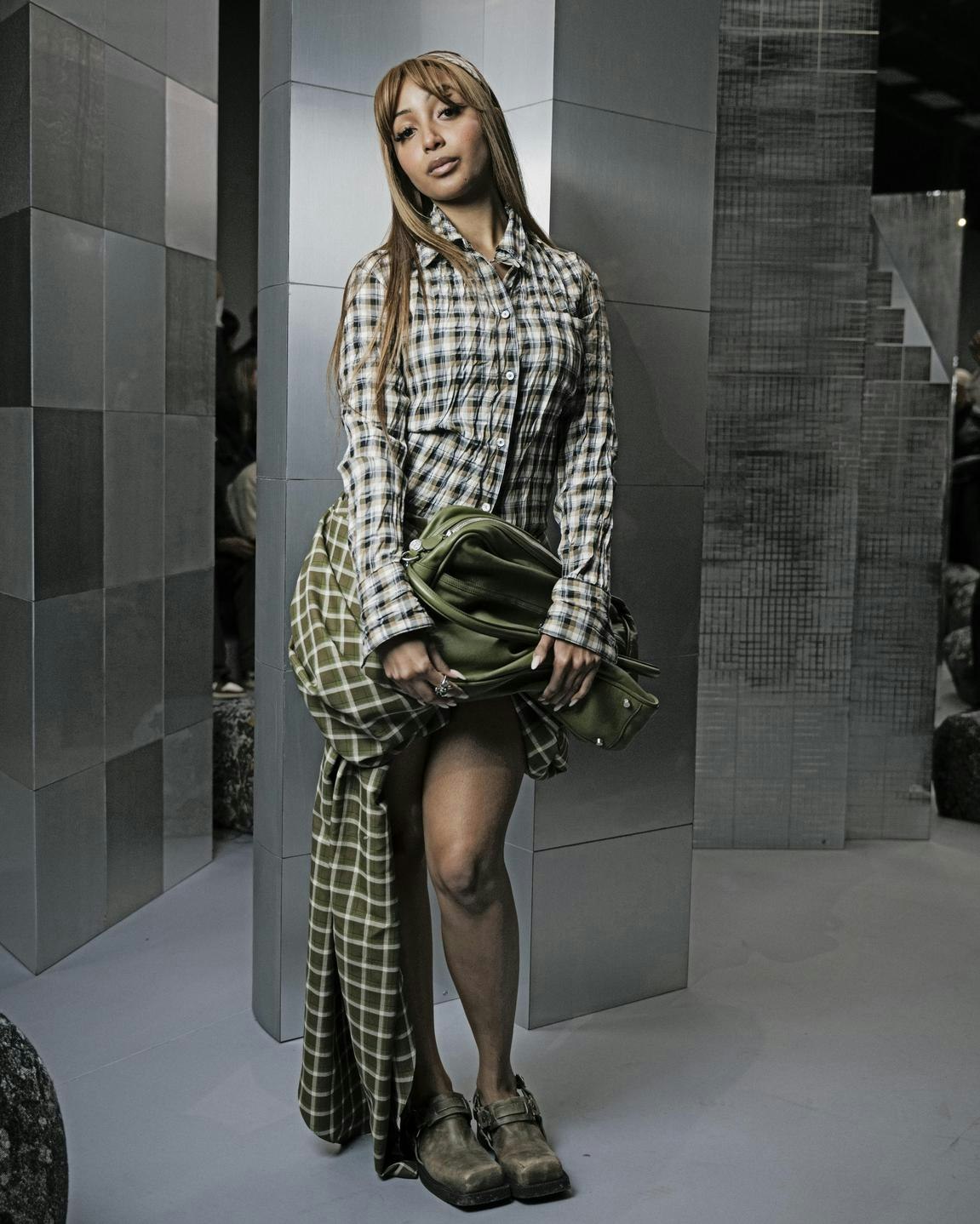This article is taken from the July 2025 issue of The Critic. To get the full magazine why not subscribe? Right now we’re offering five issues for just £25.
The noughties are, reportedly, back in fashion. This seems like indecent haste to me — how can the noughties be revived when they only happened about five minutes ago? But it’s true. Social media trends show that the kids are watching Skins and Sex and the City. They’re wearing low-slung jeans and Kate Moss-style camisoles. And they’re listening to noughties music.
I know this from personal experience because, when I ask one of my children (23 and 19) to choose some music for the car, there’s a decent chance they’ll end up playing something I bought on CD the first time around: LCD Soundsystem, Daft Punk, the Streets. It’s not just my family, either.

Listen to the new PinkPantheress mixtape, Fancy That, and you’ll hear a set of musical references straight from two decades ago — when Pink, 24, was barely a baby. “I loved the size of the music,” she told the dance magazine Mixmag, talking about how she’d gravitated towards classic house tracks by artists like Underworld and Groove Armada. “All the music sounds so big and grand and present.”
Fancy That isn’t only dance-inflected: it lifts from emo (Panic! At the Disco), girl pop (the Sugababes) and even a landfill-indie adjacent song by a basically forgotten Camden troubadour called Just Jack. Describing Fancy That by cataloguing its samples makes it sound, unfairly, like a collection of musical scrapings, a scavenging of hooks.
There’s a genre of tracks that description does apply to, and a lot of them have been made by the French DJ David Guetta. Guetta’s MO is to isolate the most naggingly familiar part of a pre-existing hit and then drop it into one of his bombastic productions. Songs given this treatment include Eiffel 65’s europop novelty “Blue (Ba Da Dee)” and “What is Love?” by Haddaway.
Guetta’s versions have different names (“I’m Good (Blue)” and “Don’t Hurt Me”), but, in all the most recognisable elements, they are indistinguishable from the originals. Guetta’s collaborator on “Blue”, Bebe Rexha, called the record “nostalgic”, and that’s about the extent of its ambition. It exists to remind you that you already know this song.
Sampling in this mode is pop music as inertia. It feels like the product of a culture that has given up on creation: noodling in the end times, with all the artistic merit of eighties hack outfit Jive Bunny. (Incidentally, Jive Bunny’s patchworking of sixties rock ’n’ roll looked back approximately two decades — the same span of time as between now and the noughties. Regardless of technological changes, the generational revival cycle is amazingly resilient.)
Which is why Pink has been specific that she’s doing something different: “Sampling is my way of sharing a love for something and reinterpreting it,” she told Mixmag. “I would never sample something for the thought of it having nostalgia-bait.”
Pink uses sampling as an instrument not a bludgeon. Often, the source material is so transformed you might not even clock that sampling is involved unless you know the source material well.
Even if you do, her tendency to eschew the obvious creates a tantalising feeling of almost-recognition. It matches the slightly alienated, off-beam emotional world of her lyrics, which are often about unrequited feelings or missed connections. “Girl Like Me” sketches a failing relationship — “I’m not a fan of the way we’re movin’/ No explanation for why we do this” — with the narrator immobilised between unhappiness and fear of desertion.
It has one of the more prominent samples on Fancy That, taking elements from the 2001 Basement Jaxx breakup anthem “Romeo”. That song ripped into a disappointing boyfriend (“when we get it on its so-so”). Its “let it all go” chorus is one of pop’s most joyful declarations of giving up on a bad business, and Pink takes it wholesale for “Girl Like Me”.
But it’s so deftly melded with the rest of her song, you can hardly feel the joins. The relationship between “Romeo” and “Girl Like Me” is a conversation: you can imagine the sad girlfriend of “Girl Like Me” listening to “Romeo” in her bedroom and willing herself to identify with its defiance. In the end, though, Pink closes her own song begging “don’t leave me”.
Pink’s songs are famously very, very short (“Girl Like Me” is a snack-size 2:25). Yet her skill with sampling creates unfolding layers of narrative that overspill the small canvas she works on. A PinkPantheress sample works in roughly the same way that a well-read author might deploy literary allusions: you don’t have to get the references to understand what’s going on, but every one you pick up on opens a new horizon.
Sometimes she chooses samples so obscure, the point simply can’t be recognition. The almost unbearably sad “Nice to Know You” takes a portion of the Sugababes singing on a 2006 William Orbit song that, for whatever reason, is non-existent on streaming.
It leaves a kind of double ache in the song: for the person Pink is losing touch with and for the original track which is (for now, at least) somewhere out of reach. The displacement of physical media by digital archives means that all of the history of recorded music is now present all the time.
Pink’s brilliance is to show that this doesn’t have to be deadening for culture. She finds the throb of longing in the turn towards the past, and she makes something shimmeringly new from its bones.












